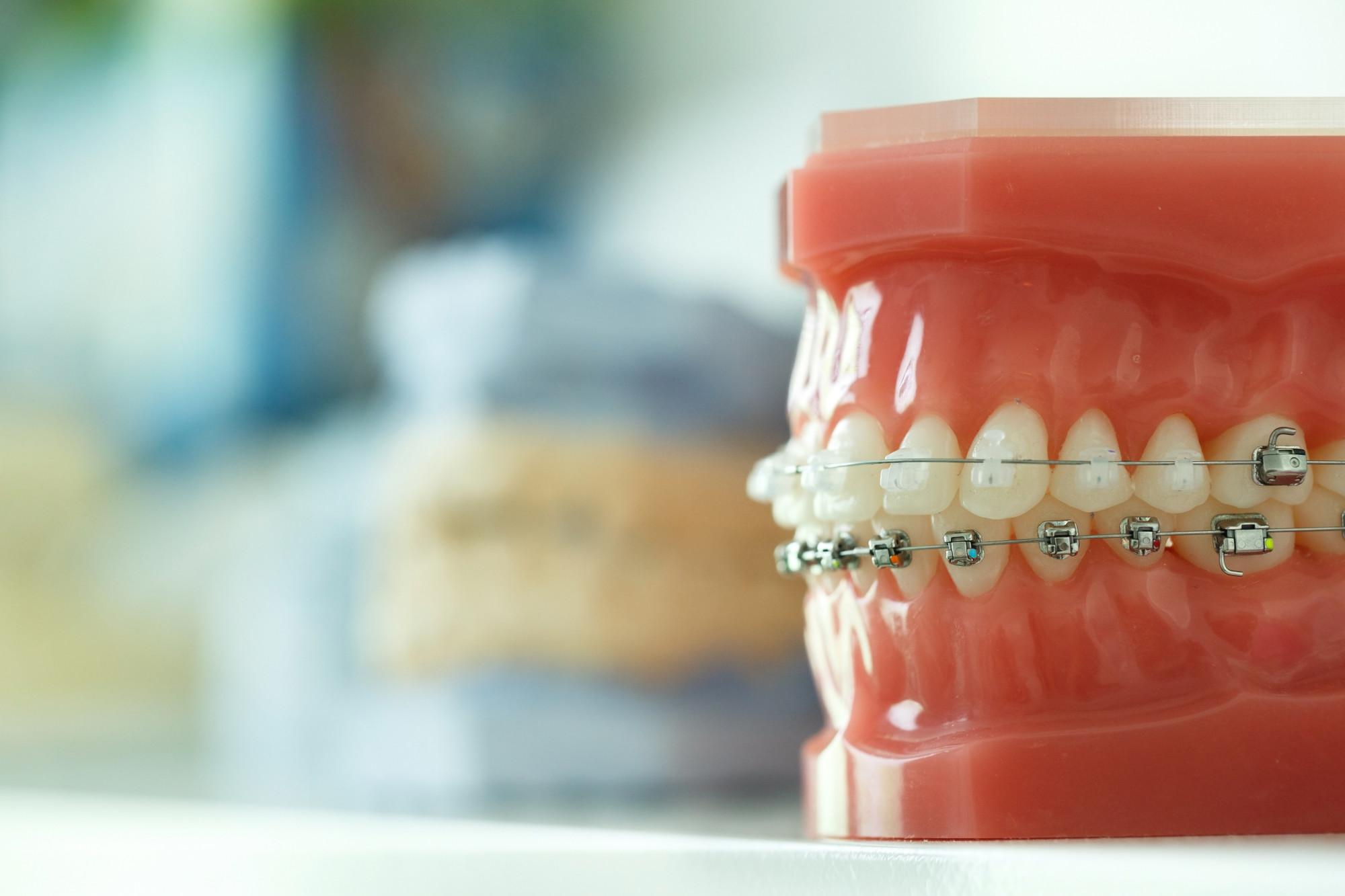Underbite is a dental condition characterized by the lower teeth protruding beyond the upper teeth, affecting the alignment and function of the jaws. Underbite braces are a common orthodontic treatment method used to correct this condition. This article explores the different types of underbite braces available, as well as discussing the potential development of overbite after wearing braces.
Traditional Metal Braces
Traditional metal braces are a tried and tested method for correcting underbites. They consist of metal brackets bonded to the teeth and connected by archwires. These braces apply gentle pressure to gradually move the teeth into proper alignment. Metal braces are highly effective for correcting various types and severities of underbites.
Ceramic Braces
Ceramic braces are similar to metal braces but use tooth-colored or clear brackets, making them less noticeable. These braces are a popular choice for individuals who desire a more discreet orthodontic treatment. Ceramic braces are effective in treating underbites, but they may require extra care to avoid staining and are generally more expensive than metal braces.
Lingual Braces
Lingual braces are placed on the inner surface of the teeth, making them virtually invisible from the outside. These braces are custom-made to fit the patient’s teeth and offer an aesthetic advantage over traditional braces. Lingual braces can effectively correct underbites; however, they may take longer to adjust to and require meticulous oral hygiene practices.
Clear Aligners
Clear aligners, such as Invisalign, have gained popularity as a removable and nearly invisible alternative to traditional braces. These aligners are custom-made using computer imaging technology to gradually shift the teeth into their desired positions. Clear aligners are effective for mild to moderate underbites but may not be suitable for severe cases.
Surgery As A Treatment Option
In certain severe cases of underbite, orthognathic surgery may be necessary to correct the jaw misalignment. This surgical procedure involves repositioning the upper and/or lower jaws to achieve a proper bite alignment. Underbite braces may be used in conjunction with surgery to further enhance the final result and ensure long-term stability.
Overbite After Braces:
It is important to note that while underbite braces primarily focus on correcting the lower jaw position, they can sometimes lead to the development of an overbite. An overbite is a condition where the upper teeth excessively cover the lower teeth when biting. The occurrence of an overbite after wearing braces is rare but can happen due to various factors, such as the inherent jaw structure or an incorrect treatment approach.
To prevent the development of an overbite after braces, orthodontists carefully analyze the patient’s jaw relationship and implement the appropriate treatment plan. This may involve a combination of underbite braces, jaw surgery, or other techniques to achieve optimal results.
Conclusion:
Underbite braces are an effective solution for correcting underbites and improving dental and jaw alignment. The choice of braces depends on various factors, including the severity of the underbite, patient preference, and aesthetic concerns. Traditional metal braces, ceramic braces, lingual braces, and clear aligners offer different options to suit individual needs. In some cases, surgery may be necessary to address severe underbites. While rare, it is important to consider the potential development of an overbite after braces and work closely with an orthodontist to ensure the best possible treatment outcome.















